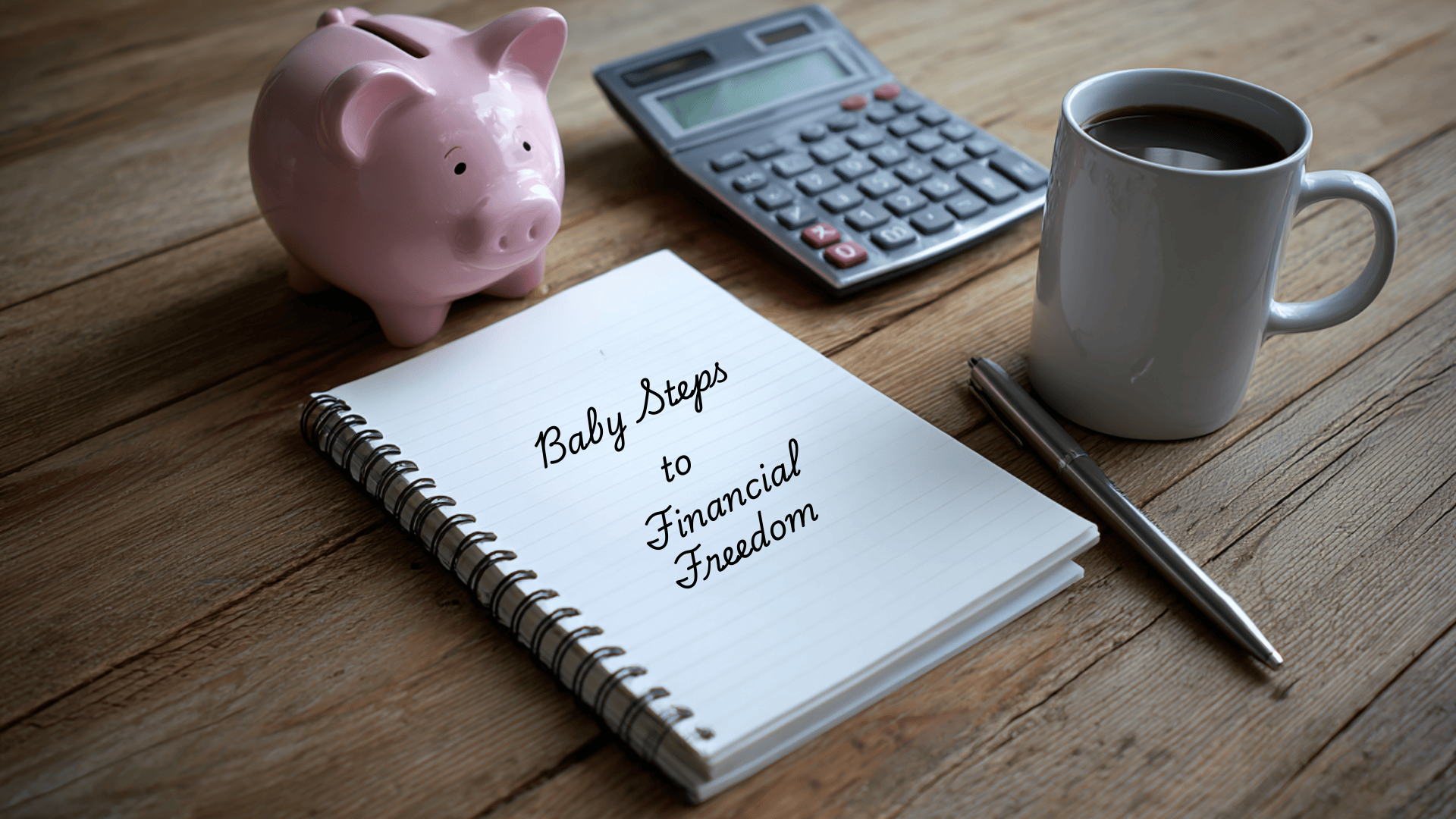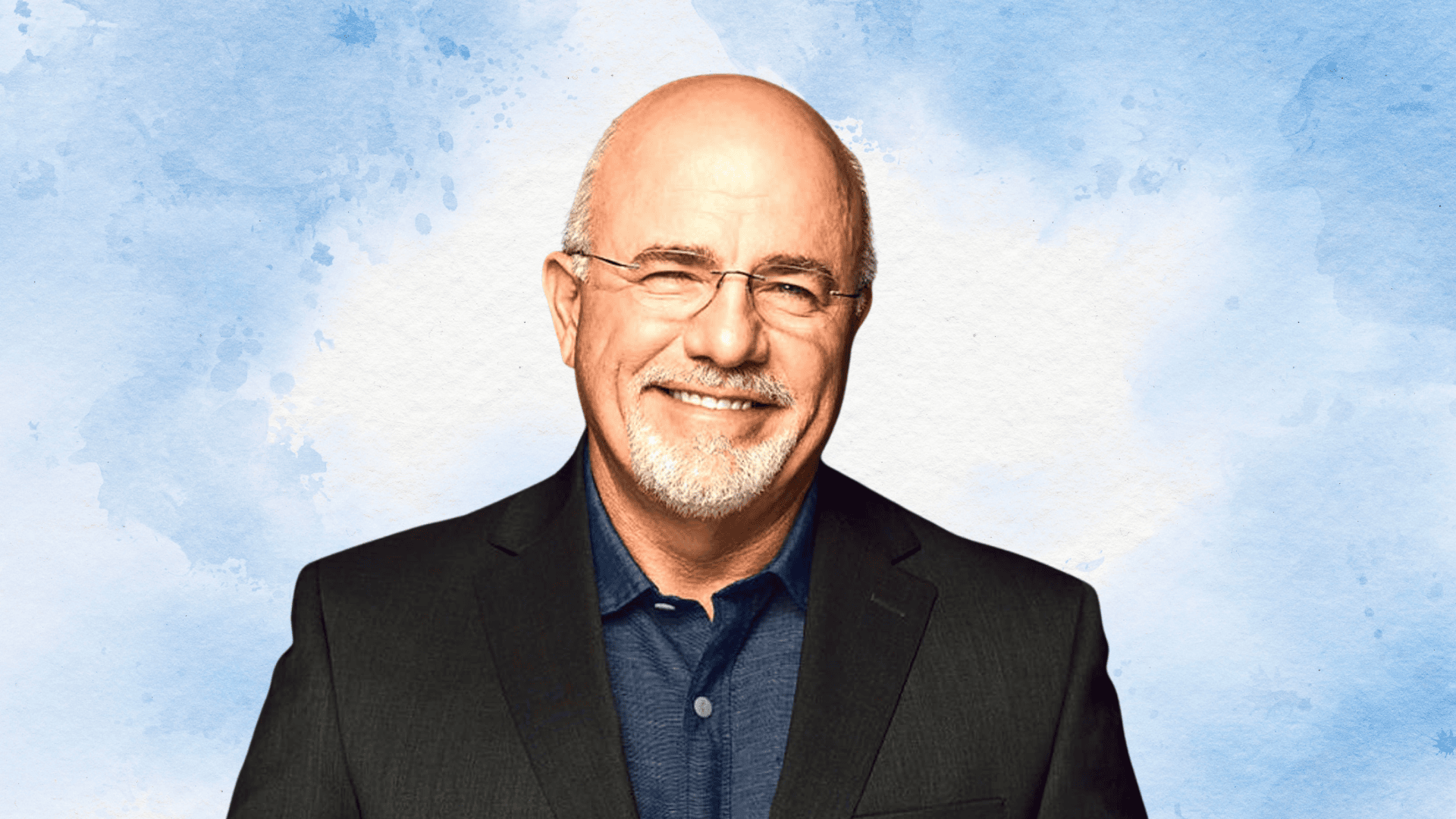Managing money can feel overwhelming, especially when you’re juggling bills, debt, and future goals all at once. That’s where Dave Ramsey’s 7 Baby Steps come in.
Instead of tackling everything at the same time, the plan breaks it down into smaller, more manageable moves.
I’ve seen that people connect with it because it focuses on real progress you can actually see, not just numbers on a page.
It’s simple, but it’s also practical; you know exactly what to do next without second-guessing yourself.
Whether you’re starting from scratch or just looking for a clearer path, this plan offers direction. Let’s begin by looking at what it exactly is.
What Are the 7 Baby Steps?
Dave Ramsey’s Baby Steps are a simple plan to help you take control of money. The idea is to move through each step one at a time, building a stronger foundation as you go.
Many people like it because it breaks down big financial goals into small, doable actions.
Step 1: Save $1,000 for a starter emergency fund
Step 2: Pay off all debt (except your house) using the debt snowball method
Step 3: Save 3–6 months of expenses for a full emergency fund
Step 4: Invest 15% of your household income for retirement
Step 5: Save for your children’s college fund
Step 6: Pay off your home early
Step 7: Build wealth and give generously
These steps are meant to guide you from just surviving with money to actually building long-term wealth.
Dave Ramsey’s 7 Baby Steps Explained

This plan is a simple roadmap for managing money. It’s designed to help you move from debt and uncertainty to financial security and long-term wealth.
Baby Step 1: Starter Emergency Fund ($1,000)
The first step, which is simple but powerful, is to set aside $1,000 as a starter emergency fund. This money is not for vacations, shopping, or fun activities.
It’s your safety net when life throws a curveball. A flat tire, a broken appliance, or a sudden medical bill can feel stressful, but having this money ready turns panic into peace.
Saving fast is the goal here. Some people sell items they don’t use, pick up a few extra shifts, or cut small expenses until they reach that $1,000 mark.
Once you hit it, you’ll feel a sense of relief knowing you’re no longer one unexpected expense away from chaos.
Baby Step 2: Pay Off Debt (Debt Snowball)
After your starter emergency fund, the focus shifts to paying off all your non-mortgage debt. The debt snowball method means paying the smallest debt first, while making minimum payments on the others.
Each time you knock one out, you gain momentum. It’s less about math and more about motivation. Some people argue that the avalanche method, which focuses on the highest interest rate first, saves more money in the long run.
That’s true, but it often takes longer to feel progress. With the snowball, you get quick wins, and those wins keep you moving forward until all your debts are gone.
Baby Step 3: Fully Funded Emergency Fund (3–6 Months)
Now that your debt is behind you, it’s time to grow your emergency savings into a stronger cushion. Instead of $1,000, the goal here is to have three to six months of expenses set aside.
To figure out your number, look at your monthly bills, including rent or mortgage, utilities, food, insurance, and other must-haves. Multiply that by three or six, depending on how much security makes you comfortable.
If you spend $3,000 a month, you’ll need between $9,000 and $18,000 in savings. This step gives you breathing room and the confidence that even if you lose a job or face a major setback, you won’t have to rely on credit cards again.
Baby Step 4: Invest 15% in Retirement
Once your emergency fund is solid, it’s time to look ahead. In this step, you start investing 15% of your income for retirement. This could be invested in accounts such as a 401(k), IRA, or Roth IRA.
If your employer offers a match on your 401(k), take full advantage of it because it’s free money. The goal isn’t to get rich overnight; it’s to build wealth slowly and steadily so you have freedom later in life.
By investing consistently, you’re planting seeds that will grow over time and allow you to live without money worries in the future.
Baby Step 5: Save for Kids’ College
If you have children, this is where you begin saving for their education. The earlier you start, the easier it is. Many parents use a 529 plan or an ESA (Education Savings Account).
These accounts grow tax-free when used for school expenses, making them a smart choice. Others consider custodial accounts, which allow flexibility but come with different rules.
The point here isn’t to carry the full cost of college yourself, but to set your kids up for a future with less student loan debt. Even small contributions over time can make a huge difference.
Baby Step 6: Pay Off Your Home Early
Imagine life with no mortgage payment. That’s the dream of Baby Step 6. Paying off your home early can free up thousands of dollars a month and remove one of the biggest financial pressures families face.
Some people make extra payments each month, while others apply tax refunds or bonuses directly to their mortgage. The advantage is peace of mind and financial freedom.
The only drawback is that money tied up in your house isn’t as flexible as cash in your savings or investments, but the emotional and practical benefits often outweigh that concern.
Baby Step 7: Build Wealth & Give Generously
The final step is about more than just money; it’s about purpose. Once your home is paid off, debts are gone, and retirement is on track, you can focus on building real wealth.
That means continuing to invest, creating new income streams, and planning for generations to come. But it also means looking outward.
With financial security comes the chance to give generously to causes you care about, to people in need, and to your community. At this point, money is no longer a burden. It becomes a tool to create impact and leave a legacy.
The Baby Steps provide a clear path, turning small wins into progress that leads from debt and stress to stability, freedom, and generosity.
Pros & Cons of the Baby Steps
The Baby Steps have clear strengths but also some drawbacks.
| Pros | Cons |
|---|---|
| Simple to follow by focusing on one goal at a time instead of juggling many. | A starter emergency fund of $1,000 is often outdated for today’s costs. |
| Provides quick wins that keep you motivated as you pay off debt or save. | Ignores credit scores and discourages responsible use of credit cards. |
| Backed by real-life success stories that prove the plan can work. | The rigid step-by-step order doesn’t fit everyone’s unique situation. |
The plan works best for people who need clear guidance and motivation to get control of their money. But if you already handle credit well or have a more complex financial situation, the strict rules may feel too limiting.
Alternatives & Modern Updates
The Baby Steps give you a solid path, but many people adjust them to fit today’s realities. Here are three common updates:
- Employer Match Before Debt Payoff: Many choose to grab their company’s 401(k) match before tackling debt. It’s essentially free money, and skipping it could slow long-term retirement growth.
- Boosting the Starter Fund: With today’s higher costs, $1,000 may not be enough. Raising the starter fund to $2,000–$3,000 gives more breathing room for bigger emergencies without relying on credit cards.
- Investing While Paying Debt: Some balance paying debt with early investing. High-interest debt comes first, but if loans carry low rates, splitting money between debt and investments can speed up wealth-building.
These tweaks show the Baby Steps don’t have to be rigid. Small adjustments can make the plan work better for your situation and today’s economy.
Dave Ramsey: The Man Behind the 7 Baby Steps

Dave Ramsey is a personal finance expert, author, and radio host from Tennessee, born in 1960. He built his career by teaching everyday people how to take control of their money through practical, step-by-step methods.
Ramsey created the 7 Baby Steps after recovering from his own financial struggles and bankruptcy in his 20s. Today, his advice reaches millions through books, podcasts, and “The Ramsey Show.”
His audience is diverse but especially strong among middle-class families, young couples, and individuals seeking debt freedom. His straightforward, no-nonsense style has made him one of the most recognizable voices in personal finance.
Tools and Online Resources
Staying on track with the Baby Steps becomes easier when you use the right tools. Budgeting apps and free online resources can help you manage money, track progress, and stay motivated.
- EveryDollar: A simple budgeting app created by Dave Ramsey’s team. It follows a zero-based budgeting approach, making it easy to assign every dollar a job.
- Mint: A free app that connects to your bank accounts, tracks spending, and helps you set savings goals. Great for beginners who want a clear snapshot of their finances.
- YNAB (You Need a Budget): A paid app with a strong focus on giving every dollar a purpose. It’s popular with people who want more structure and long-term control.
- NerdWallet Free Tools: Offers calculators, comparisons, and guides for budgeting, debt payoff, and savings, all available for free.
These tools don’t replace discipline, but they make managing money less stressful. Find one that fits your style, stick with it, and let it support your financial journey.
Conclusion
The Baby Steps show that financial freedom doesn’t have to be complicated; it simply requires a clear starting point.
No matter if you’re saving your first $1,000 or working toward paying off your home, what matters most is taking action today.
Remember, personal finance is, by definition, a personal matter. It’s okay to adapt the plan to fit your family, income, and goals.
Use these steps as a guide, not a rulebook, and lean on tools like budgeting apps or free online resources to stay on track.
Progress may feel slow at times, but every small step moves you closer to stability and peace of mind. If this blog helped you, leave a comment below and share it with others.









